Xiaomi releases six (six!) new cheap Android phones to rival the Samsung Galaxy A series
Xiaomi refreshes its Poco and Redmi lineups

- Xiaomi has refreshed the lineups for its Poco and Redmi brands
- The Poco X7 and Redmi Note 14 Pro families focus on offering specific flagship features at a low price
- A Xiaomi spokesperson described this strategy as "democratizing" flagship features
Xiaomi has revealed a range of new budget and mid-range smartphones under its Poco and Redmi sub-brands, with a total of six new models heading to the UK market in the coming weeks.
The Poco X7 and Poco X7 Pro are the most powerful of the bunch; both have been designed with gaming and sustained performance output in mind, and feature sporty black and yellow color options, with the Poco X7 Pro boasting a soft-touch PU leather rear panel.
The Poco X7 comes equipped with a MediaTek Dimensity 7300 chipset and a triple-camera system with a 50MP main camera, an 8MP ultra-wide camera, and a 2MP macro camera. The Poco X7 Pro steps up to the MediaTek Dimensity 8300 chipset, and loses the macro camera. Both phones feature a 20MP selfie camera.
The two new Poco phones also feature a 6.67-inch 1.5K display, with the X7 utilizing a curved design and the X7 Pro featuring a flatter profile more akin to modern flagships. As for the battery, the X7 features a 5,110mAh cell with 45W wired charging, while the X7 Pro utilizes a split 6,000mAh battery with up to 90W fast wired charging.
The Poco X7 starts at £249 for 8GB of RAM and 256GB of storage, with the X7 Pro starting at £309 for the same configuration.
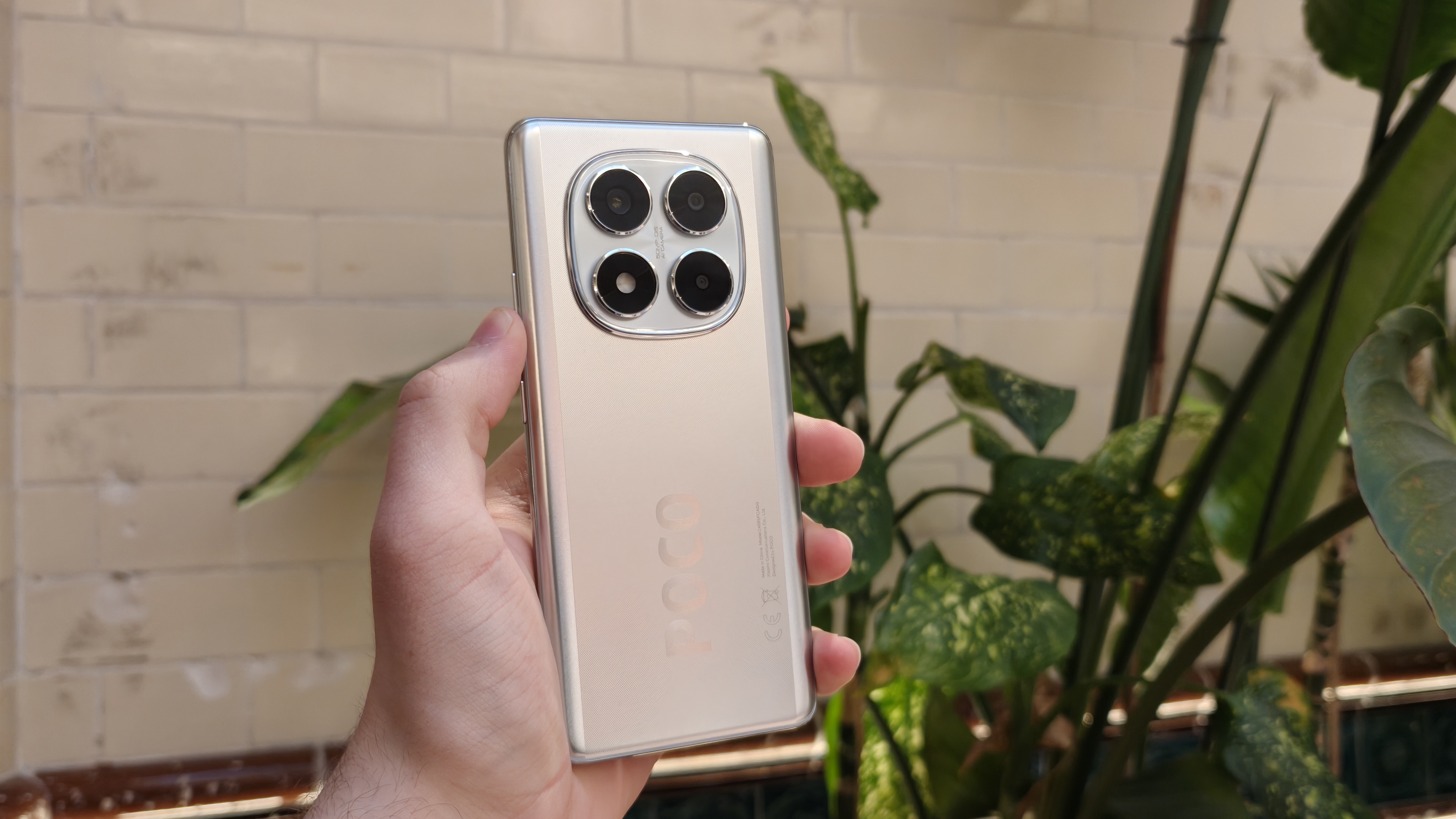
Xiaomi’s other new line of budget phones is the Redmi Note 14 series, comprising five models. The Note 14 comes as a single 4G-enabled version; the Note 14 Pro comes in both a 5G and lower-specced 4G variant; and the higher-end Note 14 Pro Plus comes as a single 5G-enabled version.
The Note 14 Pro Plus is the most technically capable of the new Redmi models, boasting a Snapdragon 7s Gen 3 chipset, a curved 6.67-inch 120Hz 1.5k display, and a 5110mAh battery that supports an impressive 120W wired charging speed. The phone also comes equipped with a 200MP main camera with optical image stabilization that enables up to 4x zoom via sensor cropping, and up to 30x digital zoom.
Get daily insight, inspiration and deals in your inbox
Sign up for breaking news, reviews, opinion, top tech deals, and more.
The Note 14 Pro 5G and its less powerful 4G version both sport the same 200MP camera. The 5G version sports the MediaTek Dimensity 7300 chipset, while the 4G version has the MediaTek Helio G100-Ultra chipset. Both phones come equipped with a curved 6.67-inch 1.5K display.
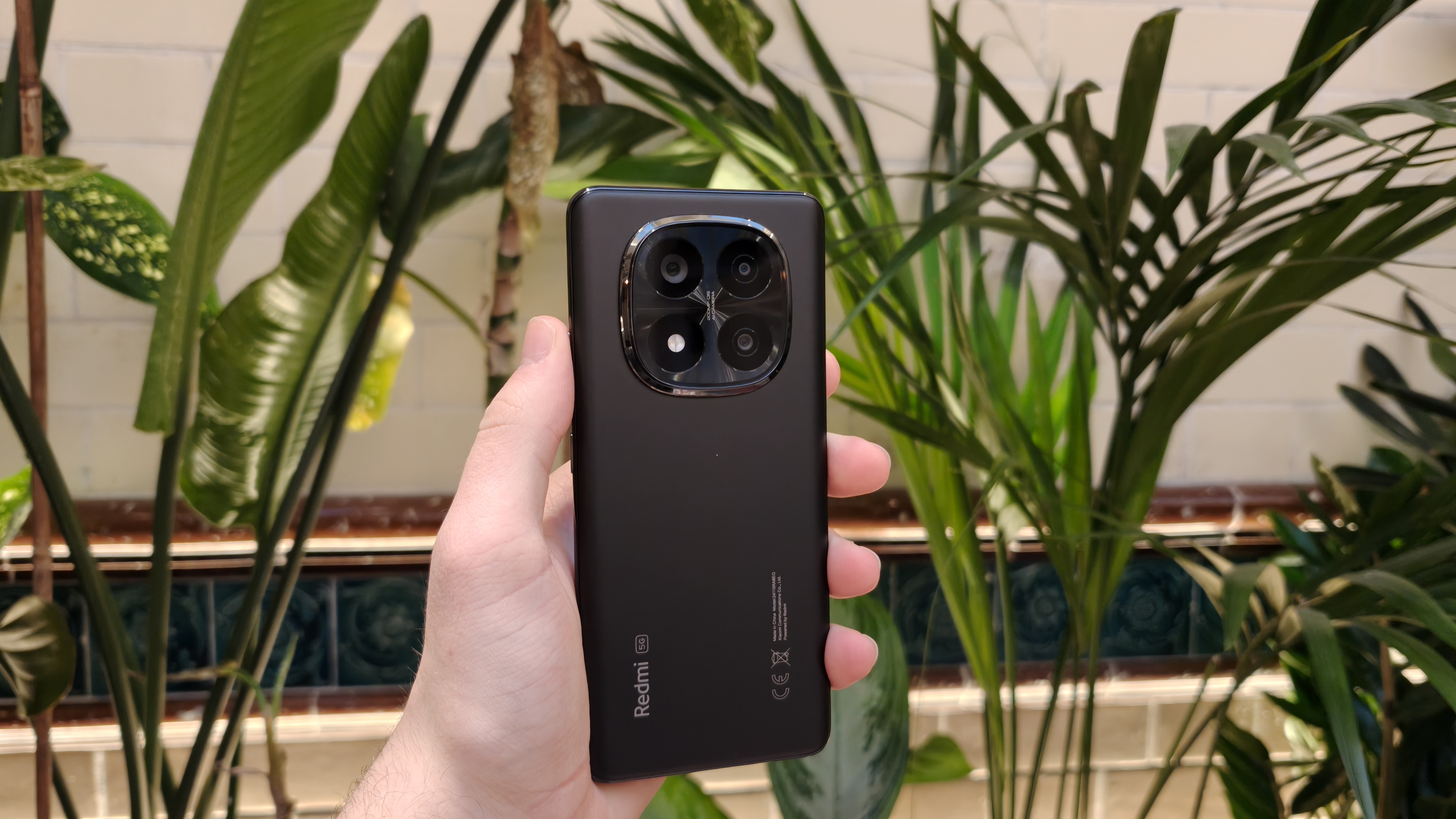
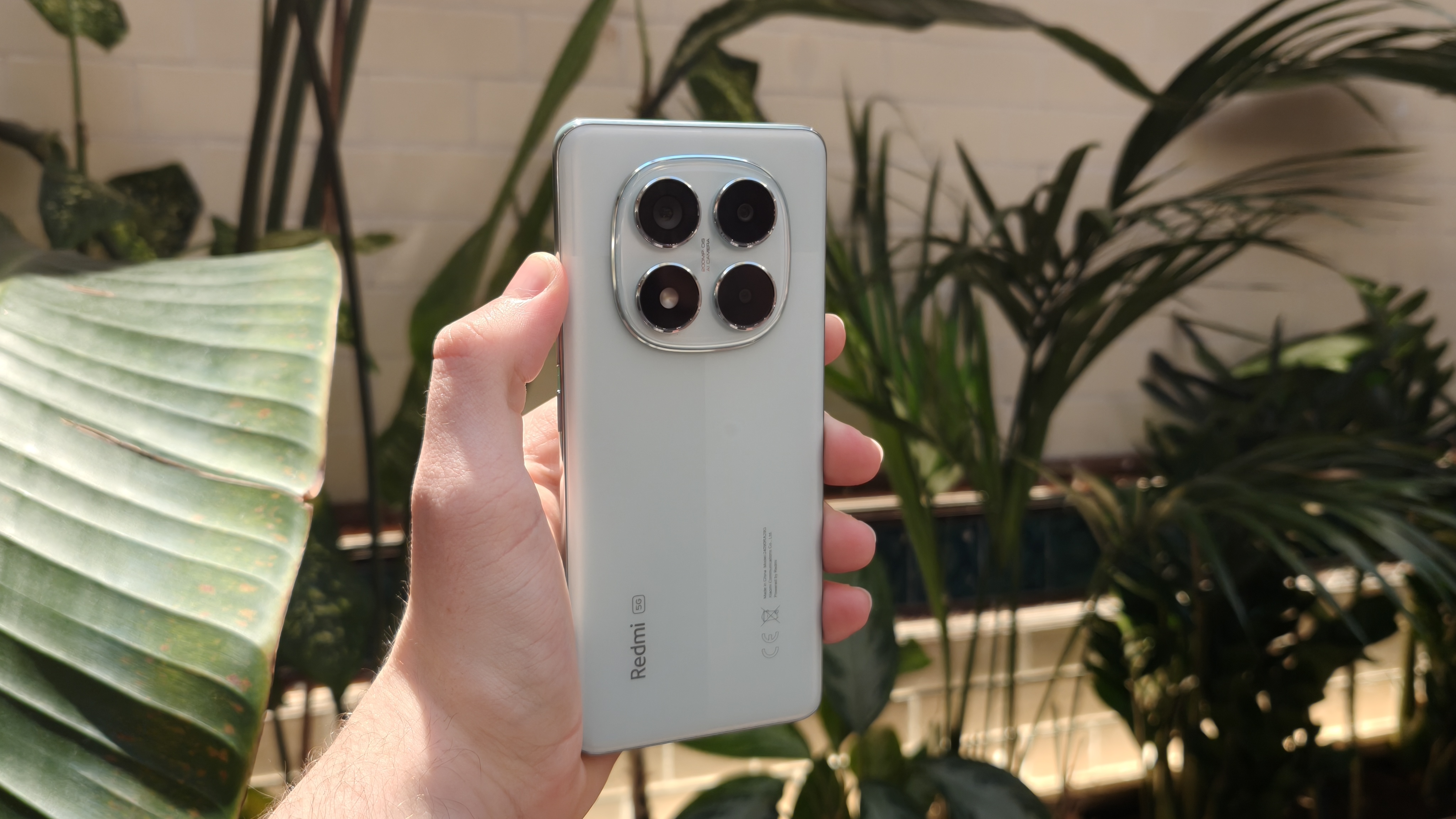
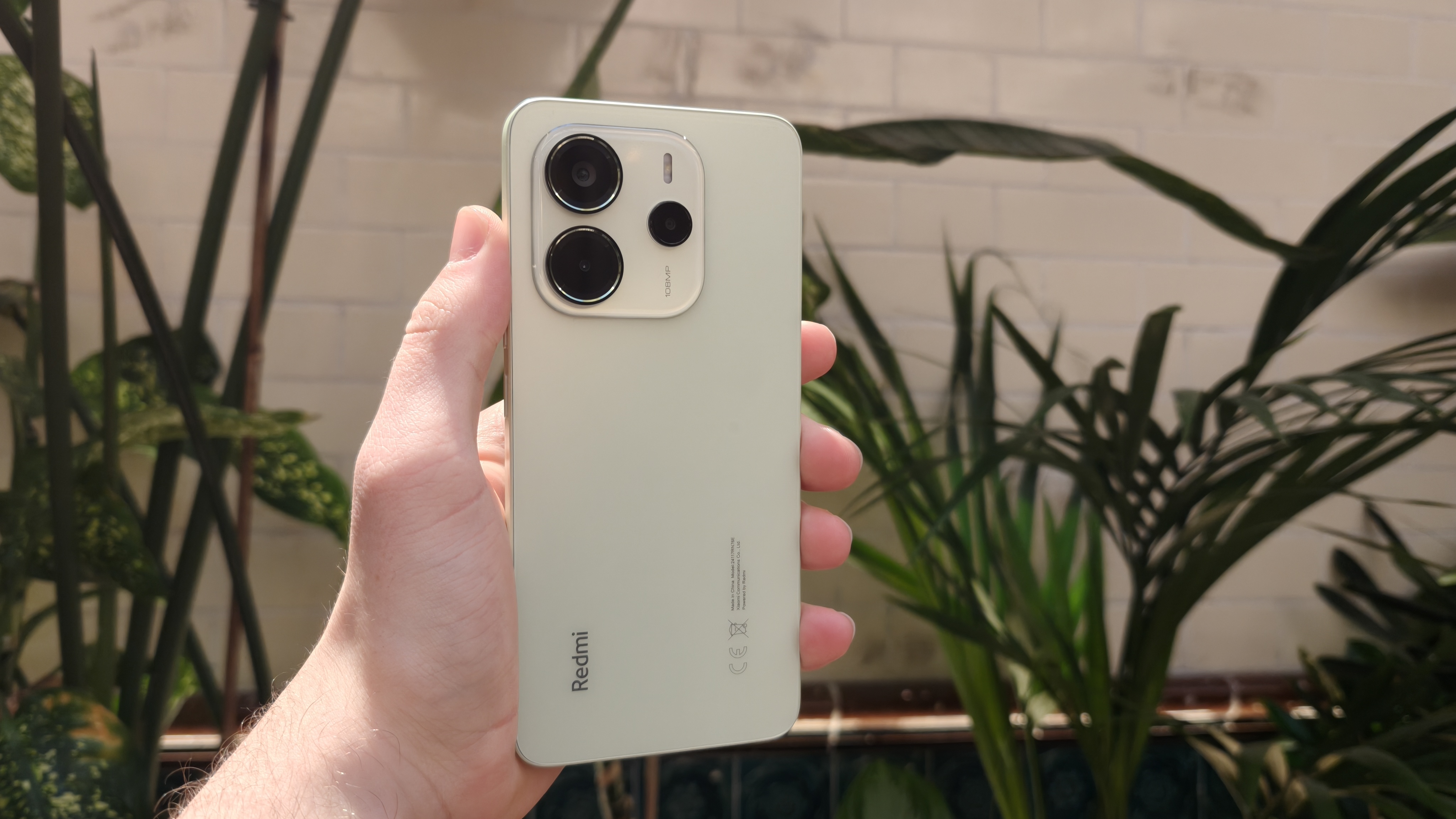
As for the base-model Note 14, the phone sports a MediaTek Helio G99 chipset, 108MP camera, and a flat 6.67-inch 120Hz FHD+ AMOLED display.
The Redmi Note 14 Pro Plus starts at £399, the Redmi Note 14 Pro 5G at £299, and the Redmi Note 14 Pro 4G at £249; they all start with 8GB of RAM and 256GB of storage. The base model Redmi Note 14 starts at £179 for 6GB of RAM and 256GB of storage.
Personally, I can see parallels between Xiaomi's strategy and that of Samsung's budget-friendly A series phones, which are among the best cheap phones around. Like Samsung, Xiaomi's updated range of devices features gradually stepped performance increases to cater for a wide range of needs and budgets.
Xiaomi's lack of presence in the US and relative lack of clout in the UK will hamper any chances of it really taking the fight to Samsung, but the inclusion of high-resolution cameras and huge batteries with fast charging at these low price points should have the South Korean giant looking over its shoulder.
Democratizing flagship features
At an official pre-launch event, a Xiaomi spokesperson told TechRadar of the method behind bringing flagship features, like 6,000mAh batteries and wide-aperture 50MP cameras, to the company's budget-tier models.
“What we’re looking at when we talk about democratizing features is making sure we still offer a great experience for our value customers, and customers who may not be able to afford our premium flagship devices,” the spokesperson explained.
They added: “For example, wireless charging is not something that we have in the Redmi devices. We have that in our Xiaomi devices – but we still offer 120W hyper charging on the Redmi Note 14 Pro Plus.”
“It’ll be about what the pricing structure is for the device," the spokesperson added, "we look at the device and what the price point is, and what we can do within that price point for consumers [...] The other point is user feedback. We look on social media, we have our own Xiaomi fans that we talk to directly – that helps us with direction, and that’s something we’ve done since the beginning of Xiaomi.”
If these new budget phones prove to be capable handsets, we could be looking at some new additions to our list of the best Xiaomi phones. For the latest updates, be sure to check out our dedicated Xiaomi phones coverage.
You might also like
Jamie is a Mobile Computing Staff Writer for TechRadar, responsible for covering phones and tablets. He’s been tech-obsessed from a young age and has written for various news and culture publications. Jamie graduated from Goldsmiths, University of London in 2024 with a bachelor’s degree in Journalism. Since starting out as a music blogger in 2020, he’s worked on local news stories, finance trade magazines, and multimedia political features. He brings a love for digital journalism and consumer technology to TechRadar. Outside of the TechRadar office, Jamie can be found binge-watching tech reviews, DJing in local venues around London, or challenging friends to a game of Super Smash Bros. Ultimate.